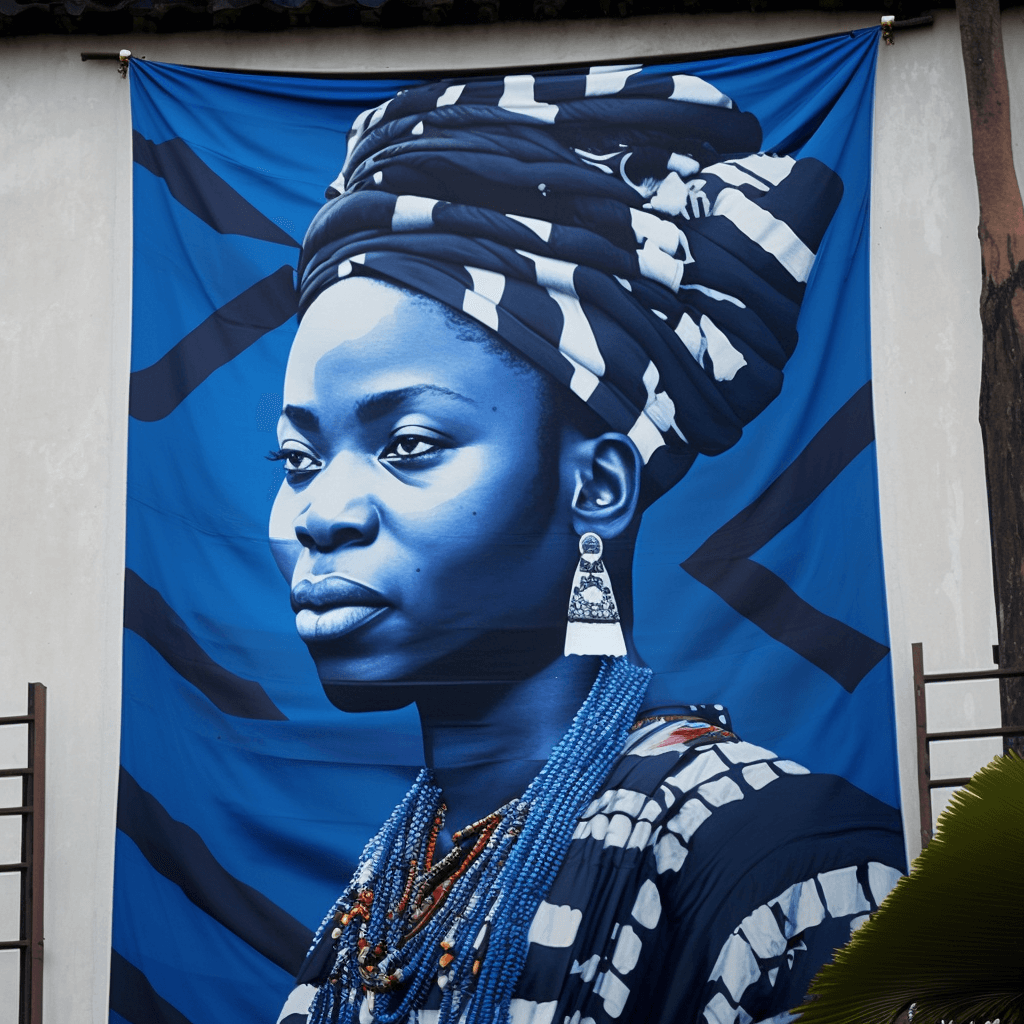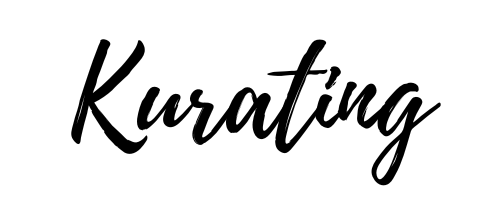
Nigeria’s rich artistic traditions have a long and storied history that spans centuries. Nigerian art has evolved and adapted to new cultural contexts, from ancient sculptures and textiles to contemporary paintings and installations. Today, contemporary Nigerian artists are embracing the transformative power of traditional art forms and creatively reimagining the past to push the boundaries of what is possible in modern art. The result is an exciting and thought-provoking collection of works that resonate with audiences worldwide, appearing in some of the world’s best-known galleries, collections, media platforms and publications.
For example, a traditional art form that contemporary Nigerian artists are reimagining is Adire, a textile dyeing technique that originated with the Yoruba people. Artists like Davies-Okundaye have been instrumental in reviving Adire and bringing it to new audiences through her use of vibrant colours and intricate patterns to capture the imagination of viewers. Her work not only celebrates Nigeria’s rich history and cultural heritage but also pushes the boundaries of what is possible with the technique. The Nike Art Centre in Lagos, which she founded, provides a platform for Nigerian artists to showcase their work and promote cultural exchange.
Other traditional techniques that have been used in Nigerian art include terracotta sculpture, woodcarving, and Gelede masks. These techniques have been passed down through generations and continue to influence contemporary artists who seek to create work that speaks to both the past and the present. Contemporary Nigerian artists are finding new and innovative ways to incorporate these traditional techniques into their work, blending them with modern materials and technologies to create art that speaks to a global audience. By using these traditional techniques, these artists are preserving and celebrating Nigeria’s rich artistic heritage while also pushing the boundaries of what is possible in modern art.
Apart from Davies-Okundaye, other Nigerian artists who are using traditional techniques to create exciting and relevant pieces that speak to a global audience include Peju Alatise, Nnenna Okore, Victoria Udondian and very recently, Malik Afegbua. Alatise is known for her thought-provoking sculptures, installations, and paintings that explore themes of gender, politics, and identity. She often incorporates traditional materials and techniques, such as beadwork and woodcarving, while also incorporating contemporary elements and themes. Okore, an Australian-born Nigerian, is known for her innovative use of materials such as burlap, clay, paper, and rope to create stunning sculptures and installations that explore themes of transformation, ageing, and decay. Udondian similarly uses traditional textiles and craft techniques to create compelling works of art that explore themes of identity, memory, and cultural heritage. And Afegbua is gaining attention for his groundbreaking use of artificial intelligence in his artwork, which is helping to redefine the art world and open up new avenues for creative expression.
These artists are pushing the boundaries of traditional art forms and exploring new forms of expression. Their works address important social and cultural issues, such as ageism and cultural identity, and they are using their platform to shine a light on marginalized communities and amplify the voices of those who are often overlooked or silenced. Their art inspires us to question our assumptions and look at the world with fresh eyes.
Yinka Shonibare’s “Gallantry and Criminal Conversation,” Peju Alatise’s “Flying Girls,” Njideka Akunyili Crosby’s “The Beautyful Ones” series, and Victor Ehikhamenor’s “Mystery of the Twin” are just a few examples of the innovative and boundary-pushing contemporary Nigerian artworks.
Through their work, these artists also promote Nigerian art and culture globally, helping to change negative stereotypes and highlight the diversity and richness of Nigerian identity. This is particularly important in a world where Africa is often misrepresented and misunderstood.
Contemporary Nigerian artists are not only transforming traditional art forms but are also creating a new narrative for contemporary art in Nigeria. Their works are opening up new avenues for artistic expression and creating a new generation of artists that will continue to push the boundaries of what is possible in Nigerian art.
What’s more, contemporary Nigerian artists are also inspiring younger generations of Nigerian artists to explore their own artistic talents and to pursue their artistic dreams. They are showing them that it is possible to find success as an artist in Nigeria and that Nigerian art is a valuable and important part of the global art scene.
All in all, the intersection of traditional and modern art techniques in Nigeria has created a vibrant and dynamic contemporary art scene that is attracting attention from around the world. Contemporary Nigerian artists are transforming traditional art forms to create exciting and relevant pieces that speak to a global audience. They use their art to address critical social and cultural issues, promote Nigerian culture and identity, and inspire future generations of Nigerian artists. Their impact on the global art scene cannot be ignored, and their work serves as a testament to the power of art to transcend boundaries, challenge perceptions, and inspire change.
